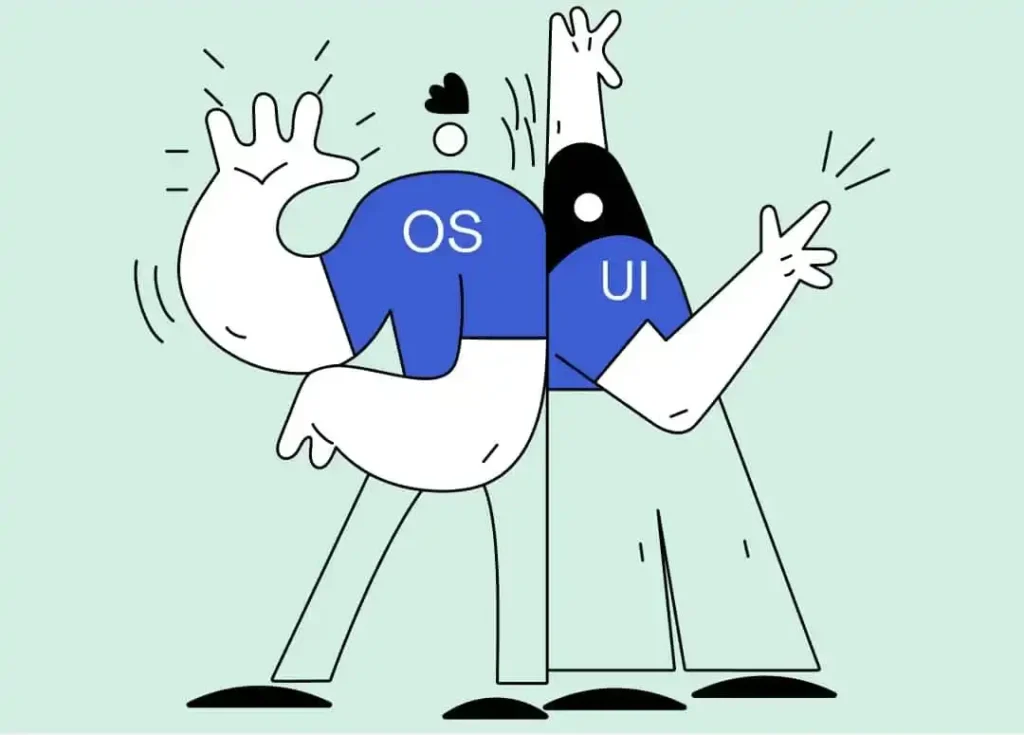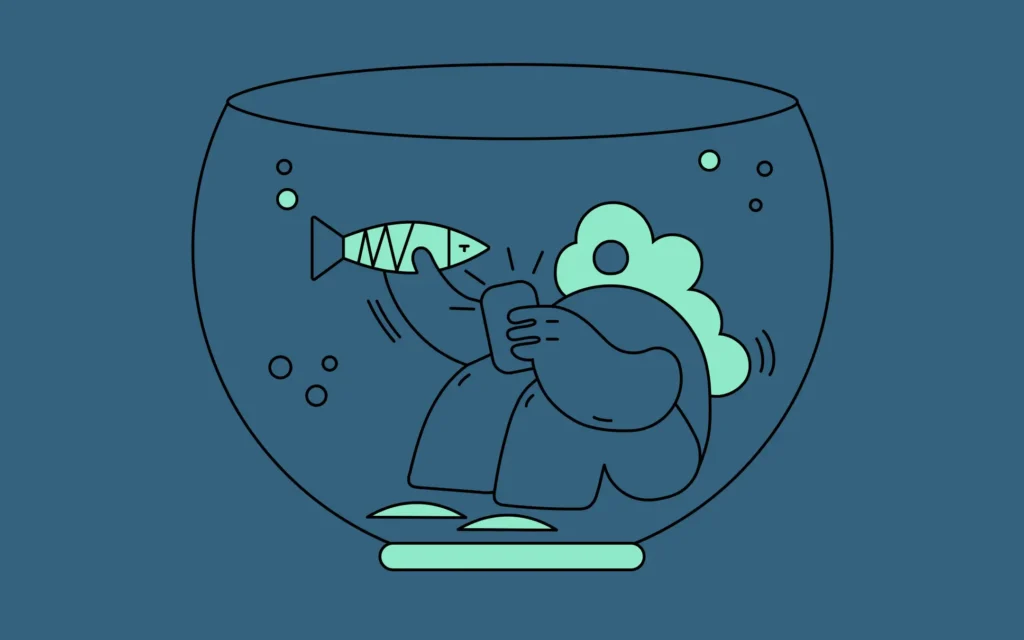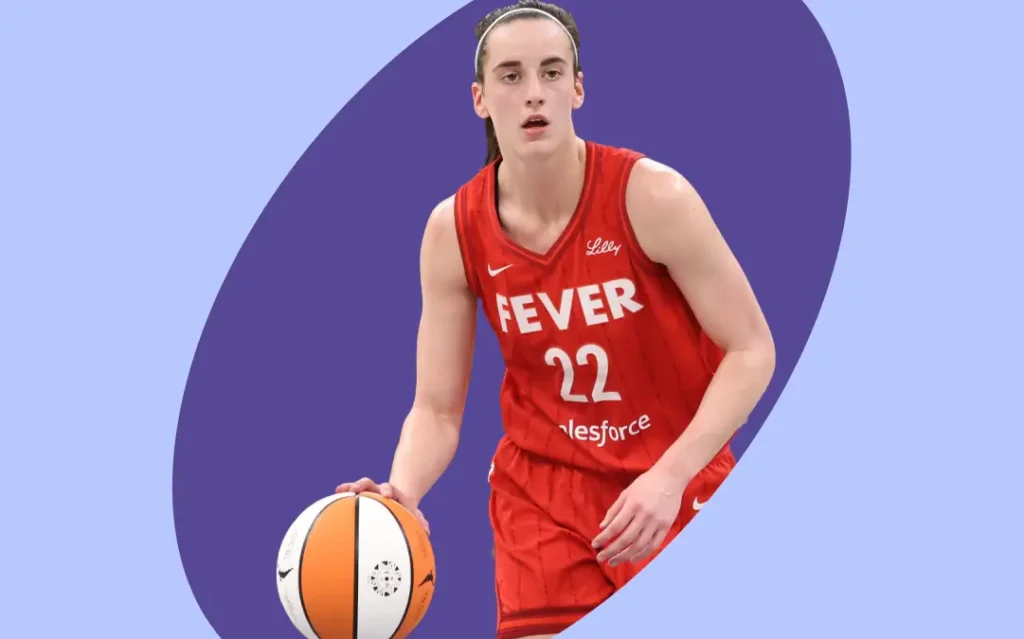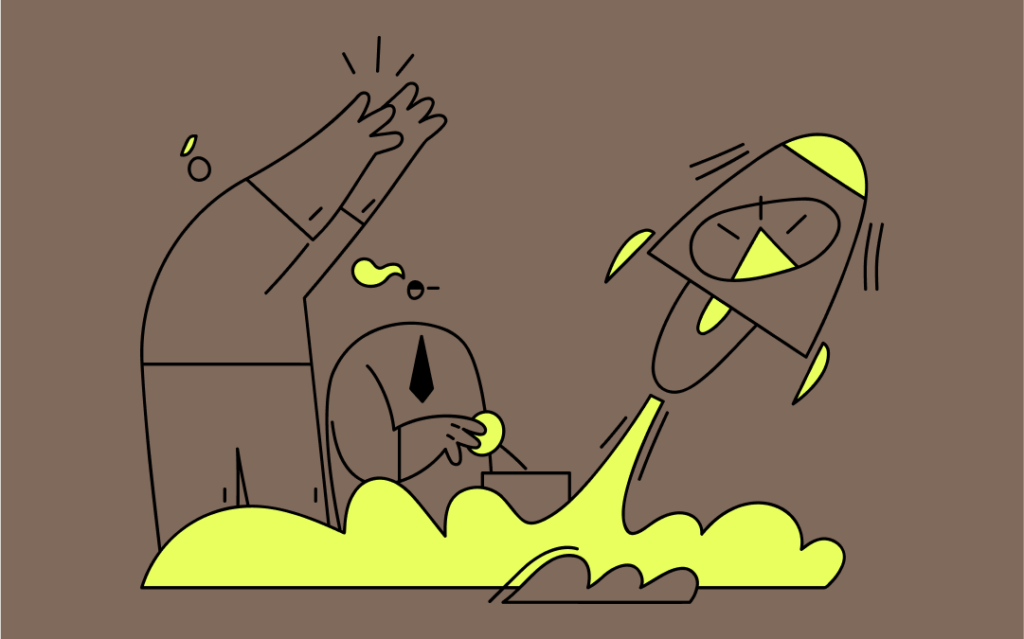Perspectives that help us move visionary leaders from idea to impact.

The Transformation Agenda
ACTIVATING EMOTION TO DRIVE BUSINESS.
At Emotive Brand, we don’t treat transformation like a branding exercise. We treat it like a business imperative—a full-body recalibration of what a company believes, how it behaves, and where it’s headed.
Brand Transformation

Culture Is The OS. Brand Is The UI.
Brand Transformation
Where Emotion is the Strategy for Change

White Paper
The Transformation Agenda for Visionary Leaders: From Ambition to Impact
Download
Brand Transformation
You Can’t Go Private with a Public Culture
Brand Transformation

Why Most Transformation Efforts Fail Before They StartThe Belief Gap
Brand Experience
5 Brands That Embrace Emotion

White Paper
The Unstoppable Rise of Emotion
Download
Brand Transformation

Your VisionA Fish Bowl or a Great Lake?
Emotion is the Strategy
Even in CybersecurityEmotion Makes Ambition Real

Brand Transformation

Transforming the WNBA and the CultureThe Power of Belief
Brand Transformation
Culture TransformationGive Your Team a Reason to Believe
Brand Transformation

Emotional Acceleration From Vision to Impact
Load More



